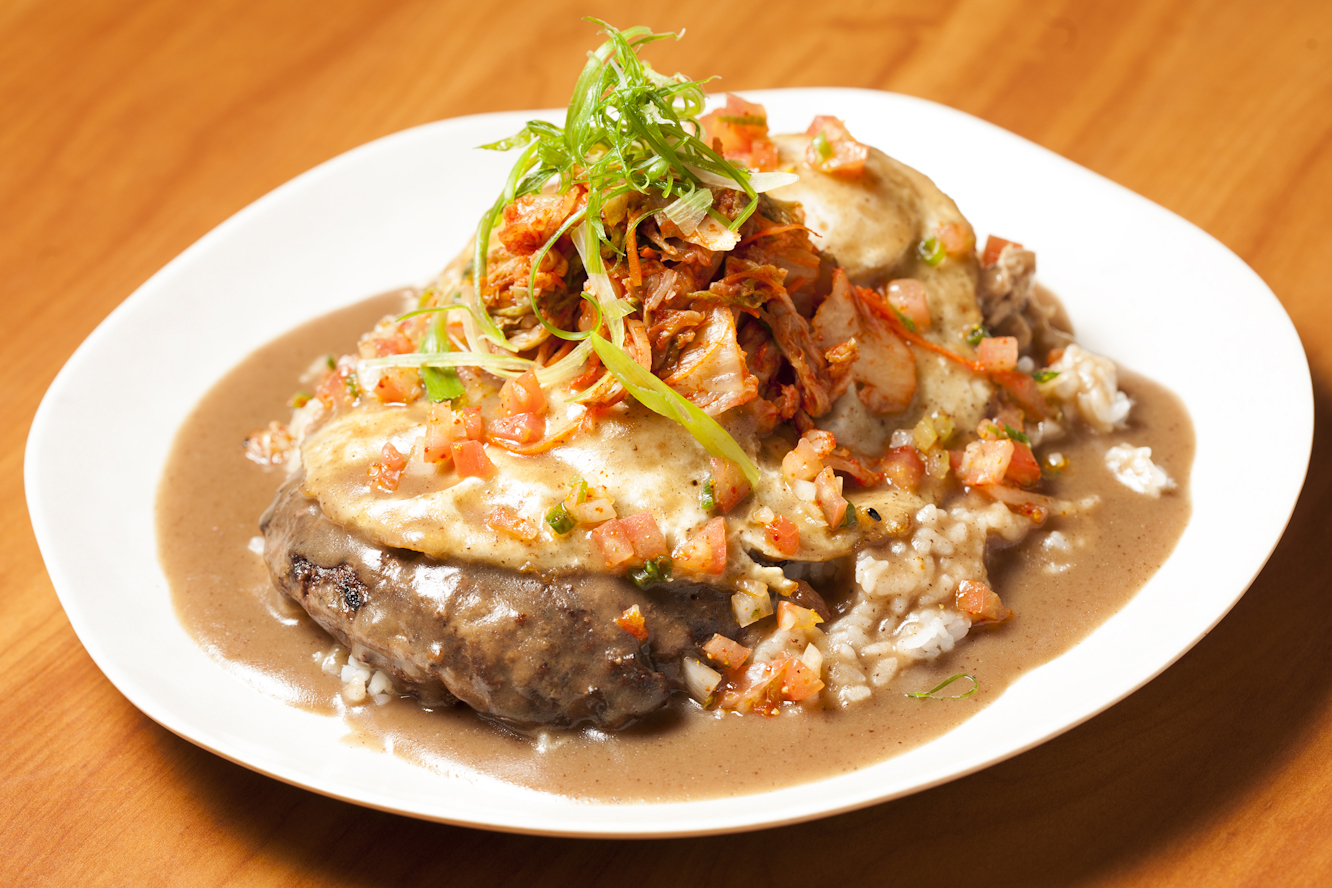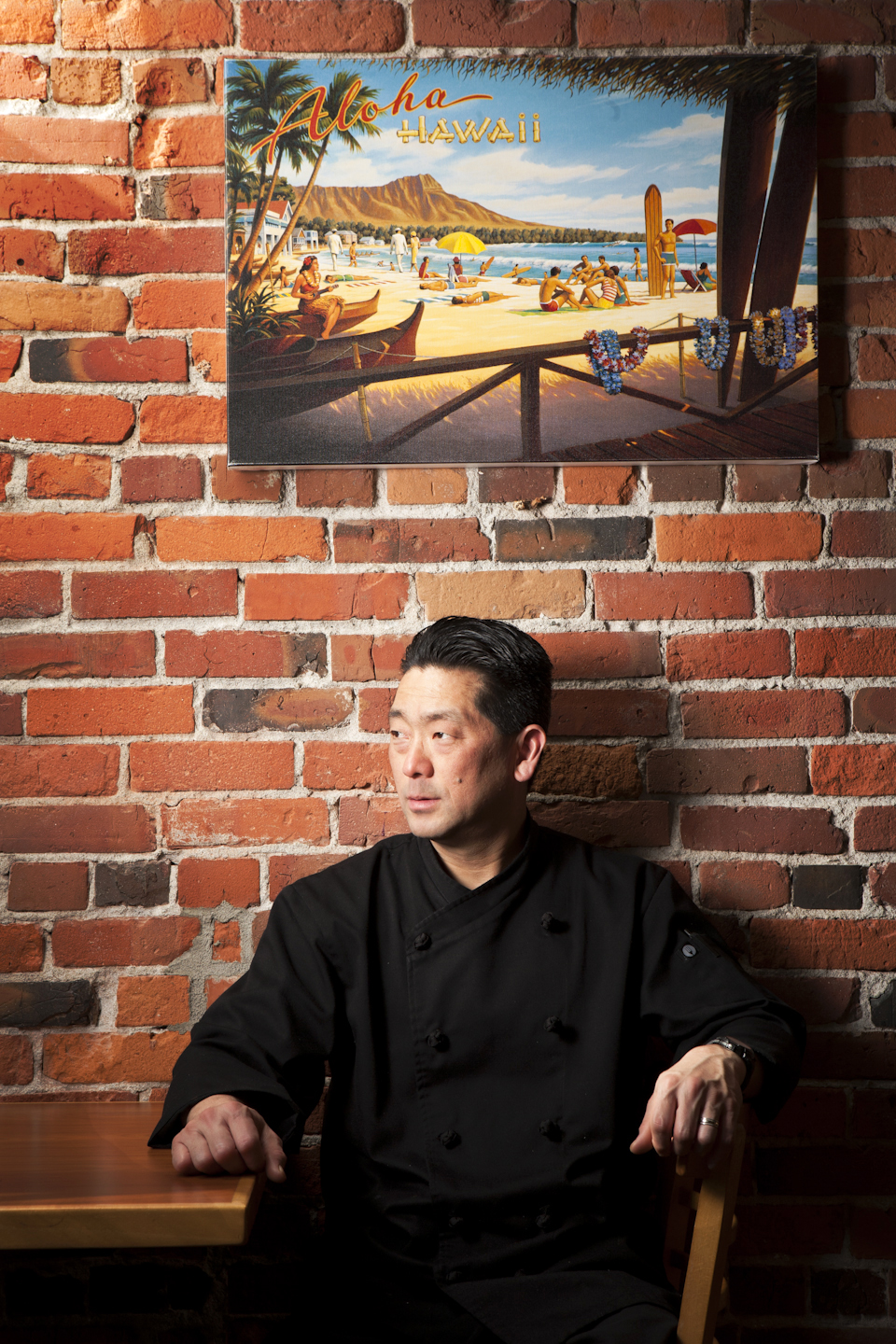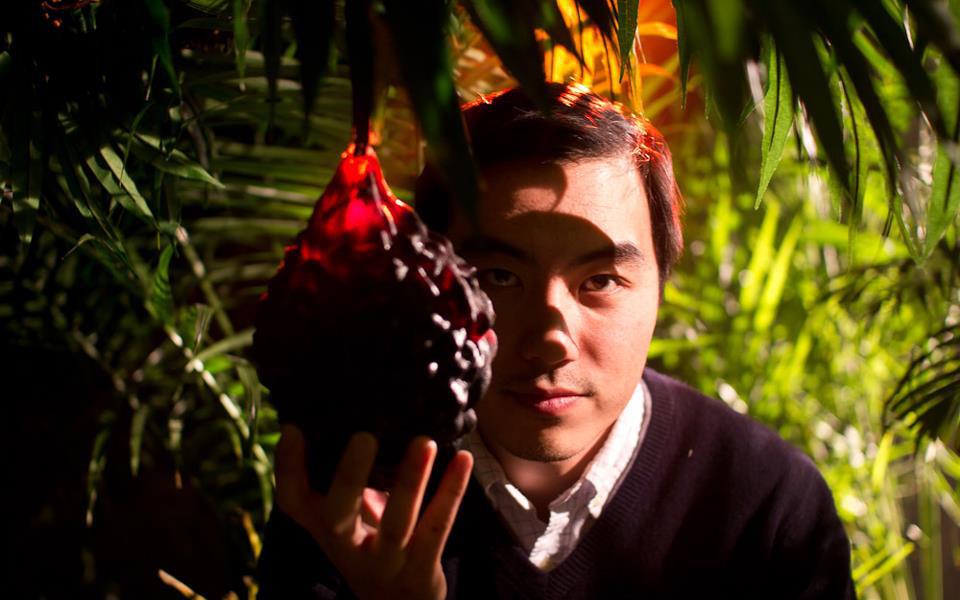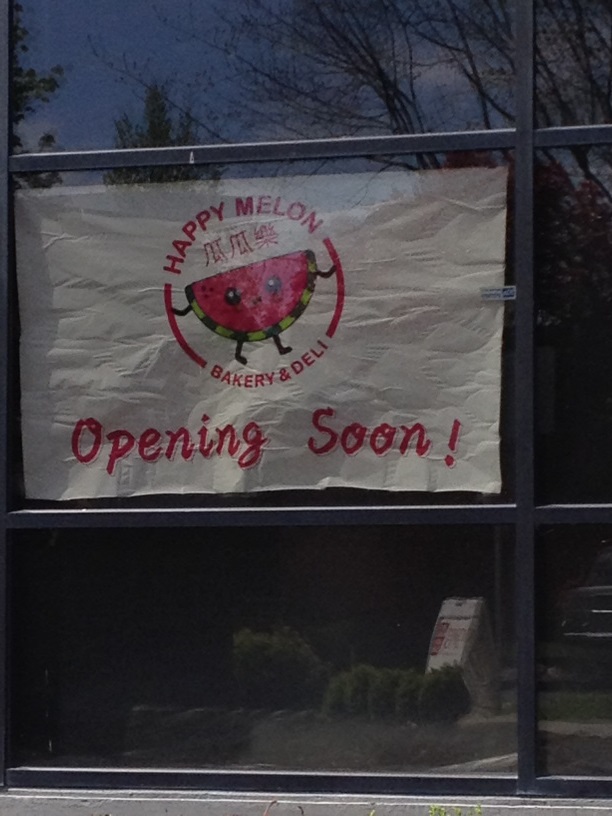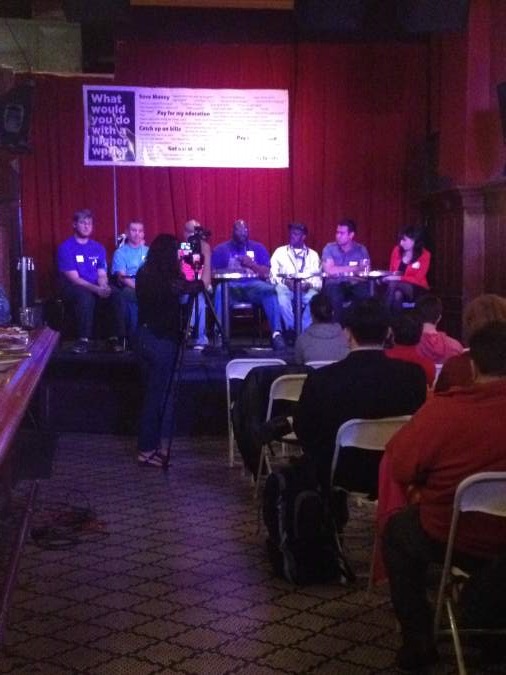The 1930s developer who chopped residential lots out of a southeastern Michigan cow pasture, hilly by Midwestern standards, probably figured future home-buyers would appreciate the neighborhood’s ruffled topography. He presumably didn’t think much about how the inclines would look to a little girl on a bike with 10-pound training wheels. Every summer I whined incessantly about having to pedal up the hill I sledded down in the winter.
“That’s not a hill,” my father insisted. “You should see the hill I had to climb when I was a kid.”
Eventually I wanted to see the hill that daunted my dad. So on our next family trip to Chicago, we went looking for it, criss-crossing Budlong Woods in our Cutlass Ciera. Weirdly, though, every street was as flat as a ping-pong table. Either someone had moved the mountain, or a slight grade increase had grown steeper, fiercer, and more devilish in my dad’s mind. In deference to his ego, I’ll let you decide what happened.
I thought about the shape-shifting powers of memory while lunching at Kama’aina Grindz, the 3-month-old Everett restaurant from Dean Shinagawa, who recently completed a nearly decade-long tenure as head chef of Tulalip Casino’s signature dining room. Kama’aina Grindz is a tribute to Shinagawa’s beloved home state, but the dishes emerging from its tiny kitchen—so tiny that Shinagawa doesn’t have the refrigeration capacity to make stocks or desserts—reflect an exaggeratedly dreamy Hawaii, where every plate’s completed with just-plucked herbs and even the Spam’s not too salty.
If you’ve traveled to Hawaii, unless you took every meal in a high-end hotel, you’ll likely be struck by the subtlety, refinement, and calculated elegance of Shinagawa’s cooking. He’s clearly more interested in exalting the island’s quintessential flavors than in precisely recreating the plate lunches that displaced Hawaiians miss, which he admits has been a source of some contention. “A lot of people say ‘Where’s the lau lau, where’s the mac salad?’ ” says Shinagawa. He’s heard from plenty of Everett diners who haven’t gotten over the homegrown Bobby’s, which once flaunted its authenticity for Guy Fieri, decamping to Lynnwood.
The customers who don’t ask are the customers who know the owner’s resume. Shinagawa, 47, completed a culinary-school exchange in Canada, moving to Seattle in 1996 to take a sous chef position at Piatti. The following year, he jumped to a new Roy’s at the Westin, becoming head chef in 1998. “After six years, I kind of got, not bored, but I needed to move on,” he explains. He spent a year at the Edgewater before landing at Tulalip.
“[Tulalip] wanted steaks: filets, New York strips, rib eyes. They really wanted a steakhouse,” Shinagawa recalls. But Shinagawa devised a tasting for his bosses that changed their minds.
“They said ‘Keep doing what you’re doing,’ ” he says. “They pretty much gave me free rein. I had to have salmon, because it’s a Native American casino, but I did incorporate Hawaiian flavors.”
Shinagawa carried those flavors to Kama’aina Grindz (the name’s Hawaiian slang for “where folks who left or love Hawaii eat”), but his new restaurant’s shorn of all the hoity-toity touches that gamblers who’ve pulled triple cherries on the slot machines demand. It’s little wonder unschooled diners envision being ballasted with white rice and poi: The brick-walled dining room is exceedingly plain, with nothing on the standard-issue wooden tables but bottles of soy sauce and Shinagawa’s chili-pepper water, which he devised after realizing the mass-produced version most popular in Hawaii is made with MSG. Other than the slack-key soundtrack and an Art Deco-ish print of a hula dancer greeting an ocean liner, the condiments are the only indication that something Hawaiian’s going on.
And it’s not just the decor that coos “casual lunch”: The servers wear navy-blue T-shirts with Kama’aina’s logo emblazoned on their backs, and the restaurant closes by 8 p.m. on weekend nights. For many customers, the first hint of the restaurant’s soaring ambitions is a $4 order of edamame hummus, the nubbly, mint-green dip neatly scooped into a ramekin that matches the oblong bamboo-print charger beneath it. The hummus is surrounded by puffy tortilla chips dappled with green seaweed flakes; two chips are planted upright in the dip, clearly marking the art of presentation as Shinagawa’s territory.
The hummus needs a hit of chili-pepper water, but flavor runs long on most of the other small plates, including a miniaturized musubi that elevates the iconic convenience-store snack to heights that would impress the most righteous surfer. It’s a testament to the undercurrent of fanciness at Kama’aina that the musubi were first developed for golf outings: “I used to wrap them in Saran Wrap and put them in the cooler,” Shinagawa explains. Now the Spam-and-seaweed bundles sit four to a plate, crowned with a tangle of crispy rice noodles which satisfies the chef’s perpetual craving for crunch.
What distinguishes the musubi is the rice, perfectly cooked and dabbed with the sugared soy sauce in which the Spam gets seared.
“I brought Spam to life, I guess,” Shinagawa says. “It was one thing I had to put on, because at the casino, I could never put that on a menu.”
Not every fetching starter at Kama’aina is so classically Hawaiian. Cleanly fried fish tacos with crisp cabbage slaw owe more to Southern California beach culture than to island cooking traditions, and Shinagawa admits he had to forcefully twist a grilled cheese-and-tomato soup preparation so it would fit the restaurant’s tropical theme.
The combination plate, featuring sandwich planks balanced atop white ramekins of ruddy soup, got its start as a pile of tomato scraps. Shinagawa planned to boil tomato skins with garlic, onions, basil, and ketchup for a soup special, but then realized he’d have to buy a new set of teaspoons so customers could eat it. He decided to forgo the utensils and serve pesto-topped finger sandwiches instead, which left just one problem unsolved.
“I was, like, ‘How do I make it Hawaiian?’ ” Shinagawa says. “So I threw kalua pork in the sandwich, and I threw macadamias in the pesto.”
The resulting dish is a near-perfect lunch, although the sandwiches would benefit from a more generous helping of pesto. Shinagawa says he considered smearing the snappy pesto over the bronzed bread, but “it would have been green, and the color would have been off. And I thought if people didn’t like it, they could take it off.”
Beyond the small plates, there are salads, sandwiches, a gussied-up loco moco finished with a red-wine roux, and a trio of noodle soups. The chicken “island-style” pho is faux, with a straightforward coconut broth reminiscent of tom kha gai, but a miso ramen studded with shiitake mushrooms is a lovely study in umami.
Since dessert’s still on the horizon, Shinagawa began presenting complimentary pineapple sherbet at the close of each meal. Lately, though, he’s switched to chocolate-covered macadamia nuts. “People are kind of upset,” Shinagawa says. “They looked forward to that refreshing last bite.”
Shinagawa’s too fond of change to revert to the sherbet. But as he well knows, nothing’s more beautiful, more perfect, or more compelling than an experience remembered.
KAMA’AINA GRINDZ Grindz 2933 Colby Ave., Everett, 425-322-5280, kamaainagrindz.com. 11 a.m.–7 p.m. Mon.–Thurs., 11 a.m.–8 p.m. Fri.–Sat.
PRICE GUIDE Musubi $5 / Grilled Cheese $7 / Ramen $8 / Loco Moco $16
